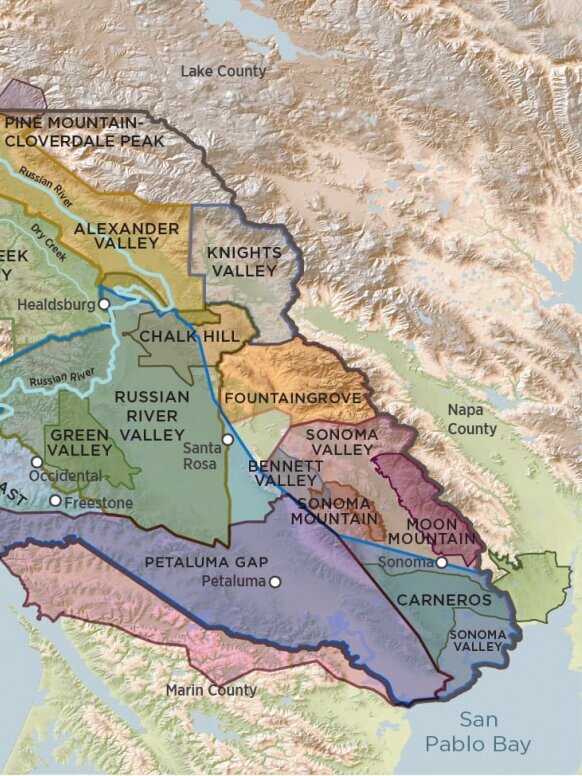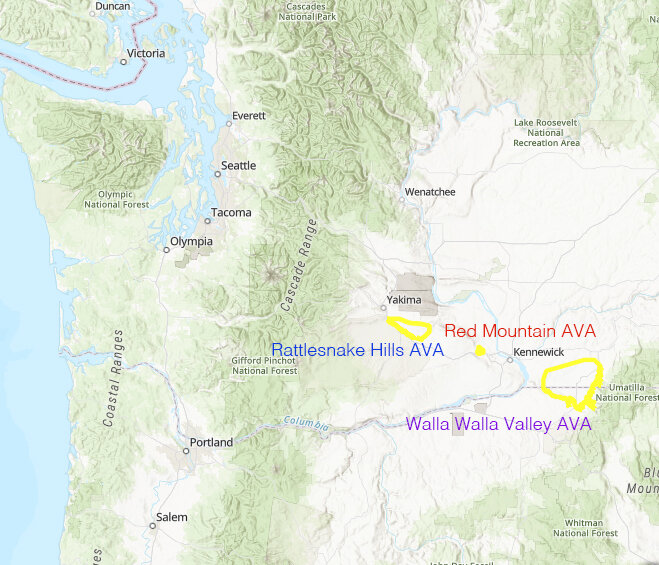 Image 1 of 5
Image 1 of 5

 Image 2 of 5
Image 2 of 5

 Image 3 of 5
Image 3 of 5

 Image 4 of 5
Image 4 of 5

 Image 5 of 5
Image 5 of 5






2022 Chenin Blanc Lodi CA Frozen Grape Juice
Each pail includes five and quarter gallons of grape juice. Product will arrive partially frozen.
Lodi, California
Brix: 20.6, pH: 3.91 , TA: 4.5 g/L
(full juice panel in photos below)
Harvested September 9th, 2022
Chenin Blanc is most notably grown in France’s Loire Valley. The grape also has a long history in California and is experiencing a resurgence in the Sacramento Delta area where the warm days and cool nights allow the fruit to thrive. Lodi Chenin is recognized for it’s bright acidity and apricot, pear, and beeswax aromas.
“Lying directly east of the largest gap in California’s Coast Ranges – the San Francisco Bay – Lodi experiences a Mediterranean climate characterized by warm, dry summers and cool, wet winters. During the growing season, warm, sunny days allow for optimal ripening of winegrapes. By contrast, cool winds off the Pacific Ocean which travel inland over a network of waterways act a natural air conditioner for the region, helping winegrapes maintain racy acidity. Together, geography and climate provide Lodi the unique ability to grow an unusually diverse range of winegrapes. Though Lodi is sometimes perceived as a hot-climate region, in reality, average temperatures are comparable to or even lower than other well-known regions like Healdsburg (Sonoma), St. Helena (Napa Valley), and Paso Robles."
“Lodi’s diverse soils were formed thousands of years ago through geological events and alluvial waters. Two major rivers originating in the Sierra Nevada–the Mokelumne and Cosumnes—have brought soils rich in granitic-based minerals that complement the fine sandy loam soils surrounding the community of Lodi. Recent expansion has driven vineyards into previously undeveloped areas along the eastern edge of the appellation where a range of older lower fertility soils are found; these ideal winegrowing soils range from heavier clay-based soils in the south to well-drained stony soils in the north. A few of the more dominant soils in the region include Tokay Fine Sandy Loam, Tuscan Stony Loam, San Joaquin Loam, and Archerdale Clay Loam. The fine, well-draining Tokay Sandy Loam is home to the majority of Lodi's fifty- to one hundred-year-old Zinfandel vines.”
Each pail includes five and quarter gallons of grape juice. Product will arrive partially frozen.
Lodi, California
Brix: 20.6, pH: 3.91 , TA: 4.5 g/L
(full juice panel in photos below)
Harvested September 9th, 2022
Chenin Blanc is most notably grown in France’s Loire Valley. The grape also has a long history in California and is experiencing a resurgence in the Sacramento Delta area where the warm days and cool nights allow the fruit to thrive. Lodi Chenin is recognized for it’s bright acidity and apricot, pear, and beeswax aromas.
“Lying directly east of the largest gap in California’s Coast Ranges – the San Francisco Bay – Lodi experiences a Mediterranean climate characterized by warm, dry summers and cool, wet winters. During the growing season, warm, sunny days allow for optimal ripening of winegrapes. By contrast, cool winds off the Pacific Ocean which travel inland over a network of waterways act a natural air conditioner for the region, helping winegrapes maintain racy acidity. Together, geography and climate provide Lodi the unique ability to grow an unusually diverse range of winegrapes. Though Lodi is sometimes perceived as a hot-climate region, in reality, average temperatures are comparable to or even lower than other well-known regions like Healdsburg (Sonoma), St. Helena (Napa Valley), and Paso Robles."
“Lodi’s diverse soils were formed thousands of years ago through geological events and alluvial waters. Two major rivers originating in the Sierra Nevada–the Mokelumne and Cosumnes—have brought soils rich in granitic-based minerals that complement the fine sandy loam soils surrounding the community of Lodi. Recent expansion has driven vineyards into previously undeveloped areas along the eastern edge of the appellation where a range of older lower fertility soils are found; these ideal winegrowing soils range from heavier clay-based soils in the south to well-drained stony soils in the north. A few of the more dominant soils in the region include Tokay Fine Sandy Loam, Tuscan Stony Loam, San Joaquin Loam, and Archerdale Clay Loam. The fine, well-draining Tokay Sandy Loam is home to the majority of Lodi's fifty- to one hundred-year-old Zinfandel vines.”
Each pail includes five and quarter gallons of grape juice. Product will arrive partially frozen.
Lodi, California
Brix: 20.6, pH: 3.91 , TA: 4.5 g/L
(full juice panel in photos below)
Harvested September 9th, 2022
Chenin Blanc is most notably grown in France’s Loire Valley. The grape also has a long history in California and is experiencing a resurgence in the Sacramento Delta area where the warm days and cool nights allow the fruit to thrive. Lodi Chenin is recognized for it’s bright acidity and apricot, pear, and beeswax aromas.
“Lying directly east of the largest gap in California’s Coast Ranges – the San Francisco Bay – Lodi experiences a Mediterranean climate characterized by warm, dry summers and cool, wet winters. During the growing season, warm, sunny days allow for optimal ripening of winegrapes. By contrast, cool winds off the Pacific Ocean which travel inland over a network of waterways act a natural air conditioner for the region, helping winegrapes maintain racy acidity. Together, geography and climate provide Lodi the unique ability to grow an unusually diverse range of winegrapes. Though Lodi is sometimes perceived as a hot-climate region, in reality, average temperatures are comparable to or even lower than other well-known regions like Healdsburg (Sonoma), St. Helena (Napa Valley), and Paso Robles."
“Lodi’s diverse soils were formed thousands of years ago through geological events and alluvial waters. Two major rivers originating in the Sierra Nevada–the Mokelumne and Cosumnes—have brought soils rich in granitic-based minerals that complement the fine sandy loam soils surrounding the community of Lodi. Recent expansion has driven vineyards into previously undeveloped areas along the eastern edge of the appellation where a range of older lower fertility soils are found; these ideal winegrowing soils range from heavier clay-based soils in the south to well-drained stony soils in the north. A few of the more dominant soils in the region include Tokay Fine Sandy Loam, Tuscan Stony Loam, San Joaquin Loam, and Archerdale Clay Loam. The fine, well-draining Tokay Sandy Loam is home to the majority of Lodi's fifty- to one hundred-year-old Zinfandel vines.”




